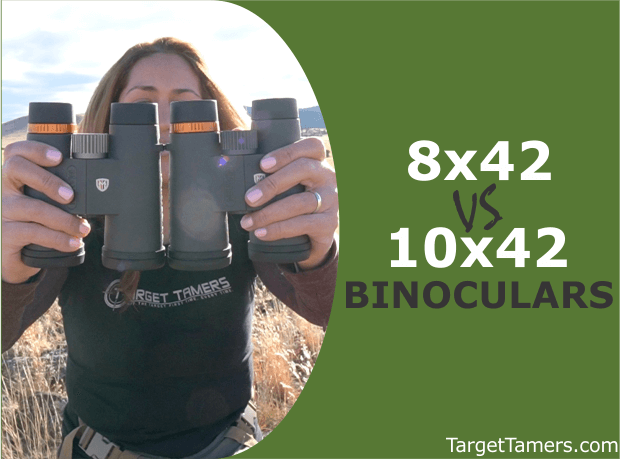
If you're a hunter, bird watcher, or even an expeditionist, you might naturally gravitate towards the 10X binocular.
Nothing wrong with that, but you shouldn't dismiss the 8X binoculars "just because."
An 8X binocular can offer a wider field of view, better image stability, and a larger exit pupil than a 10X.
But, there's good reason why 10X binoculars are almost always the default optic.
Let's see when and where an 8X42 and a 10X42 binocular would suit you best.
Be it in the field, an aviary park, or the extrinsic sands of the Sahara, an 8X or 10X hunting binocular can increase your chances of success and sometimes survival.
8x42 VS 10x42 Binoculars - Pros & Cons of Each
At first look, you'd think the only difference between the 10x42 & 8x42 binoculars is just the magnification. However, there's a lot more to it than what meets the eye.
Let's scroll over what the best and worst of each proposes, and what that means for your needs.
But firstly, if you need a recap of what '8x42' and '10x42' means, our What Do the Numbers on Binoculars Mean article will help.
Pros & Cons of an 8X42 Binocular
Pros:
- Cheaper than 10X
- High powered
- Increased image stability
- Wider field of view
- Larger exit pupil
- For close distance glassing
Cons:
- Less practical for open field glassing
- Lower powered for details/identification
Pros & Cons of a 10X42 Binocular
Pros:
- High powered
- Better image quality for details/identification
- Better twilight factor
- Further distance reach
- For open/wide field glassing
Cons:
- Narrower field of view
- Smaller exit pupil
8X42 OR 10X42: Being Activity-Specific
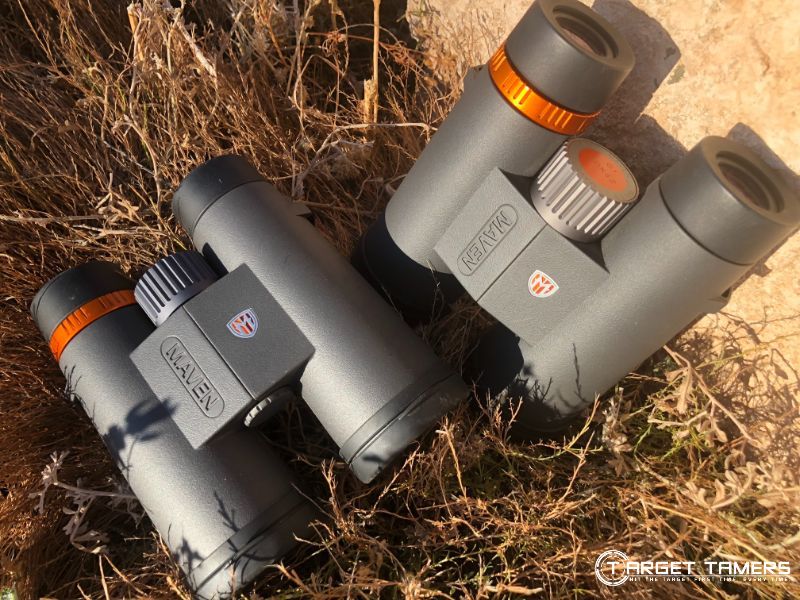
When do you want an 8X42 binocular, and when do you need a 10X42 binocular? Let's go over some of the most common activities to help narrow down which set of binoculars will be right for you.
Open Country, Mountain & Spot & Stalk Hunting
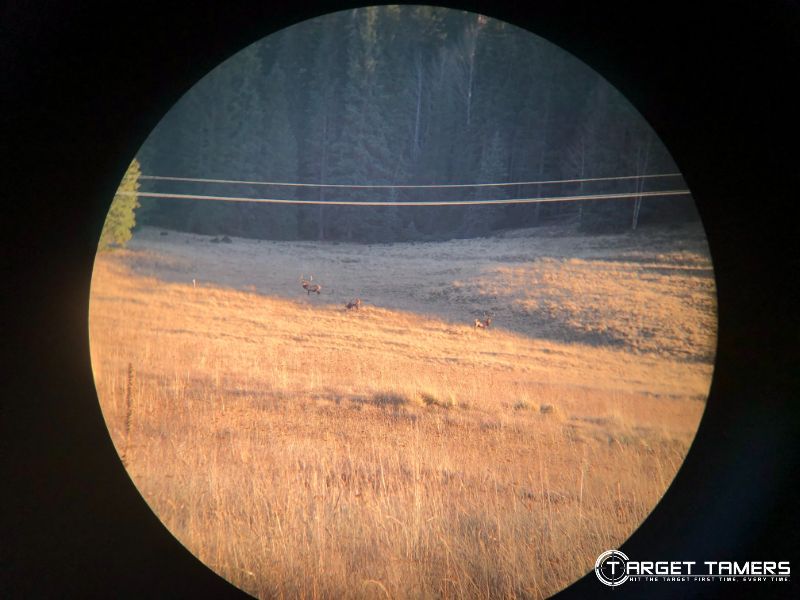
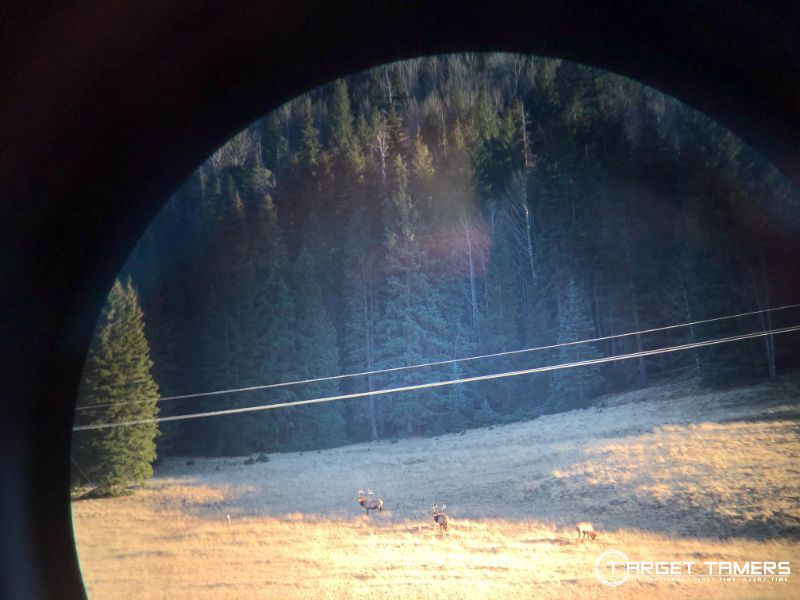
If you're rifle hunting, you're most likely going to be trekking wide and open expanses where you need maximum reach. The extra reach of a 10X42 binocular can help you spot your prey before they spot you and leap off. A 10X42 binocular would be perfect for this type of rifle hunting application.
Even if you're within close range of your prey, skilled handling of a high powered optic can still be of value because of the ability to gather details and identify specifics of your target. Sacrificing a little bit in field of view would be worth it for rifle hunting.
Winner: 10x42
Timber, Stand & Bow Hunting
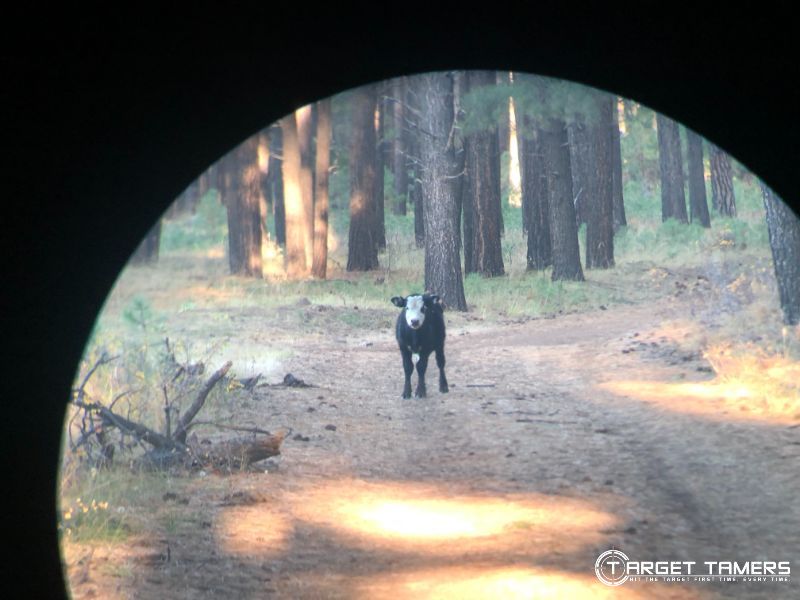
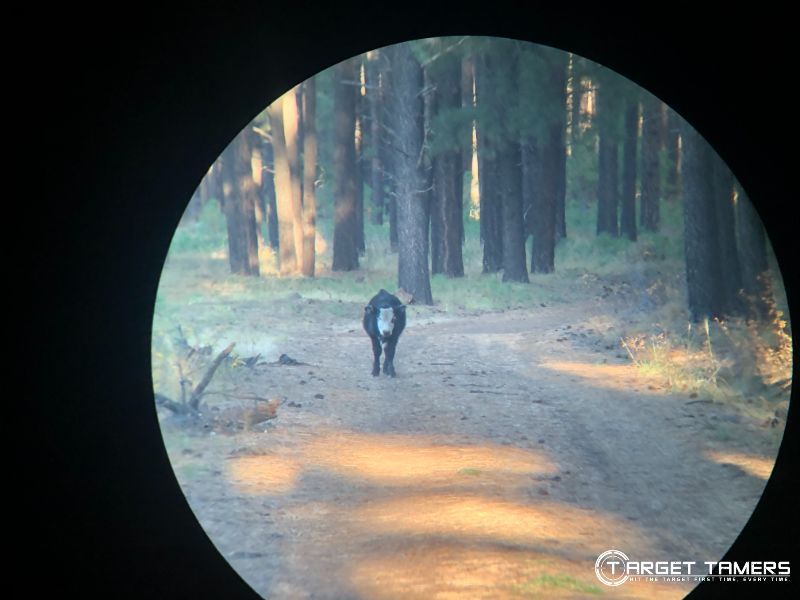
Let's face it, an arrow doesn't go as far a bullet does, so you don't really need the extra reach. If you're bow hunting successfully, you'll also want to stay undetected which means still having a binocular high powered enough to locate your target before you're heard or seen. Bow hunting can also take you into blinds in trees or stalking in the woods where the extra reach of a 10X binocular doesn't help you much.
This is when an 8X42 would serve you better. Thanks to the wider field of view, you'll have an easier time locating and following fast-moving targets especially in wooded areas. As a side tip, you might also be better off with an even lower powered binocular for wooded areas for bow hunting like a 6X.
Winner: 8x42
Birding
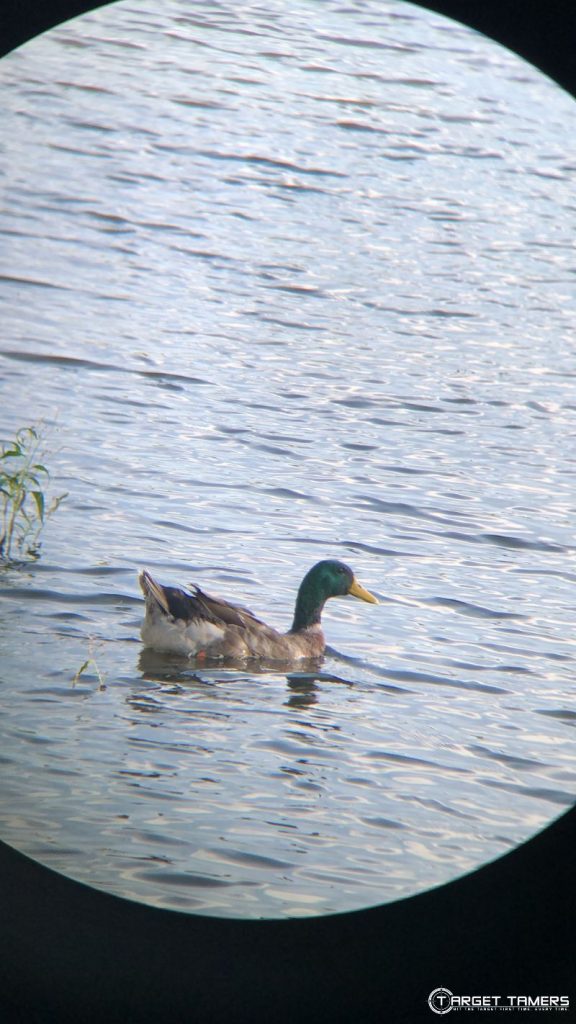
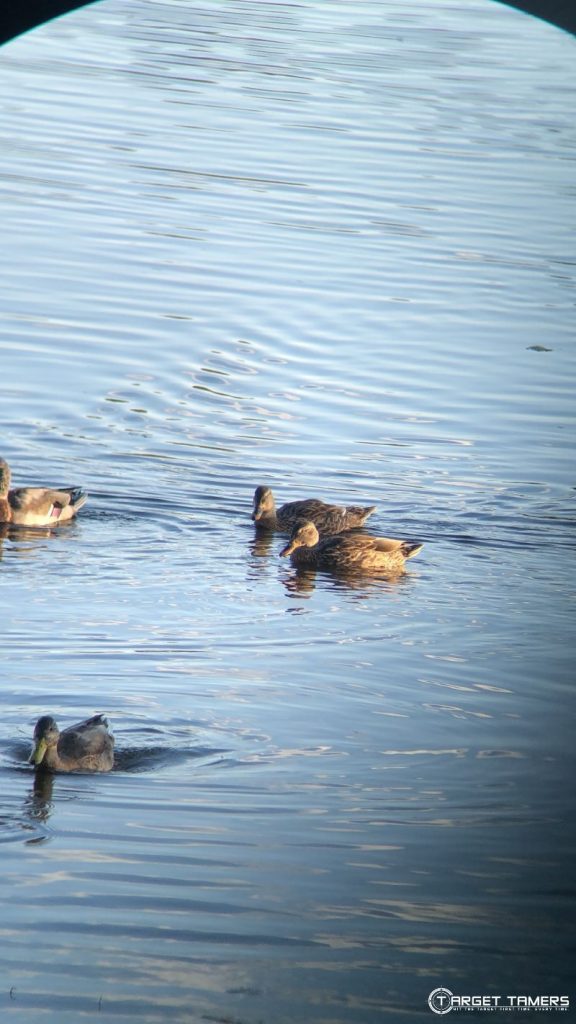
There's quite the lean towards having an 8X42 binocular for birding. For many birders, it just makes sense. The wider field of view and larger exit pupil makes for spotting fast-flying and camouflaged birds much easier than when using a 10X42.
However, when you're glassing for larger, slower-moving birds like raptors and shore birds, you don't really need the extra field of view. They're easy to follow and locate. At this point, it's more about details and identification that's priority, and the extra power of a 10X binocular can provide that.
Winner: Tie
Safari
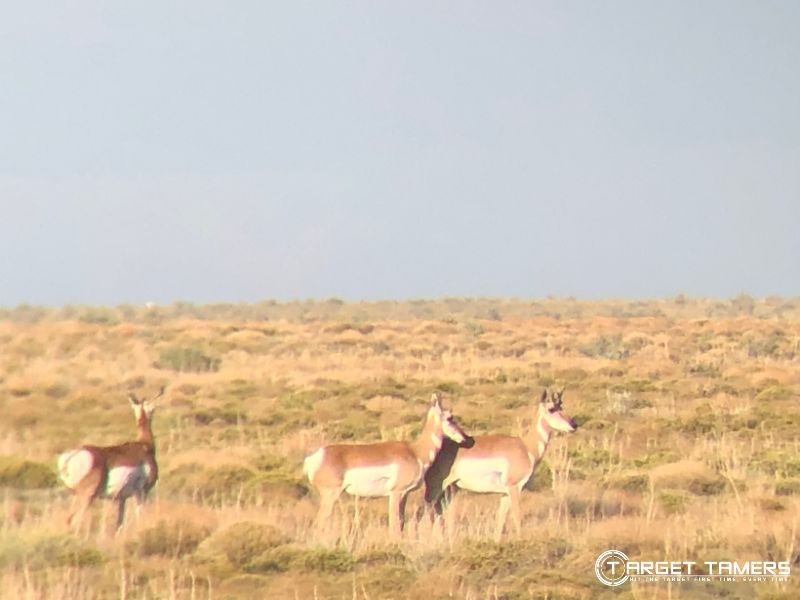
Whether you're hunting or exploring in the African plains or the iciest tundras of the North, a safari can be any expedition where you dare brave. Spotting a hippo, lion, zebra, or polar bear in the wild can be a very exhilarating and once-in-a-lifetime experience, but it can also be a deadly one if you're too close or if you get spotted first.
Having a pair of binoculars with maximum reach can get you close-up views without putting yourself in danger of becoming a hunting accident statistic. 10X42 binoculars are the best option for safaris. However, if you're planning an expedition in dense areas like the Congo, you'll definitely want a lower powered binocular, if you even need one at all.
Winner: 10x42
Event Observation
Sometimes the back row at the concert or the sporting event can almost make you feel like it's not worth being there at all. It's too far away to actually see what's going on, and it can suck the joy out of the entire experience. No worries because a pair of small & compact binoculars can change all of that.
The wide field of view and clarity an 8X42 offers will help you capture all the action and follow the excitement with breeze. While a 10X42 can give you extra reach and detail, it might prove to be difficult to use to hold steady for the image quality you're after.
Winner: 8x42
10X42 Versus 8X42: Being Feature-Specific
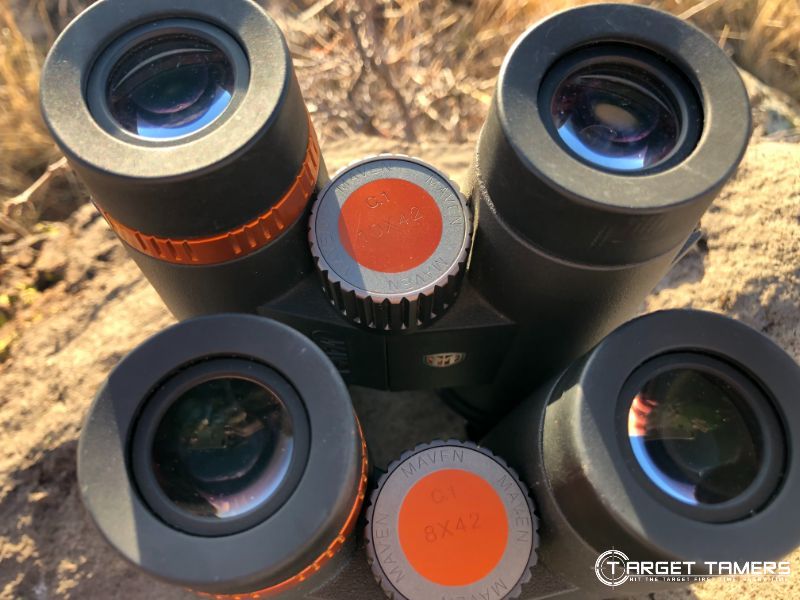
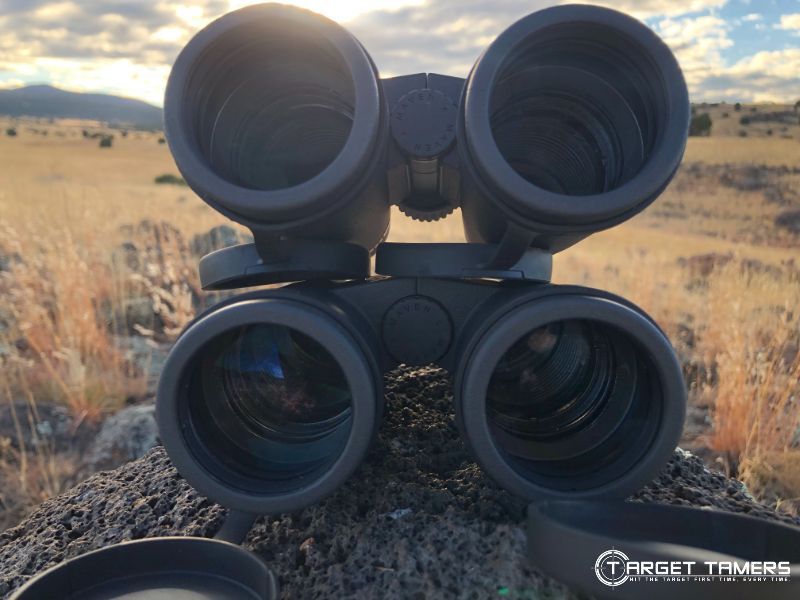
You mightn't be too concerned about how you're going to use the binoculars because they're both versatile optics. However, you might be more concerned about performance based on features. Let's look at which binocular wins out over the other when it comes to feature-specific details.
Size & Weight
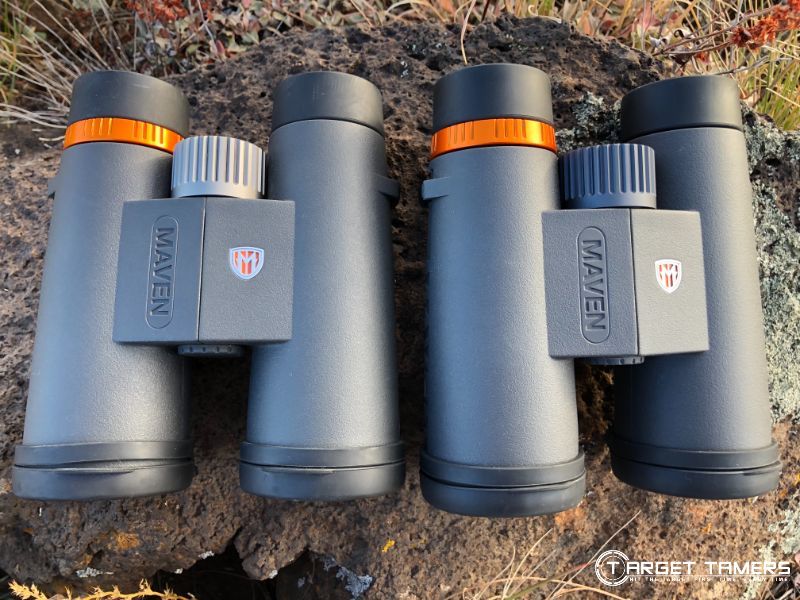
While it is true that some 8x42's may be more compact than 10x42 binoculars, in general size and bulk and less of a concern as many manufacturers make the two binocular sizes from the same mold. Often however, you will find even when the size is the same, you might have a bit of extra weight in the 10x42 binocular.
Winner: Tie
Field of View
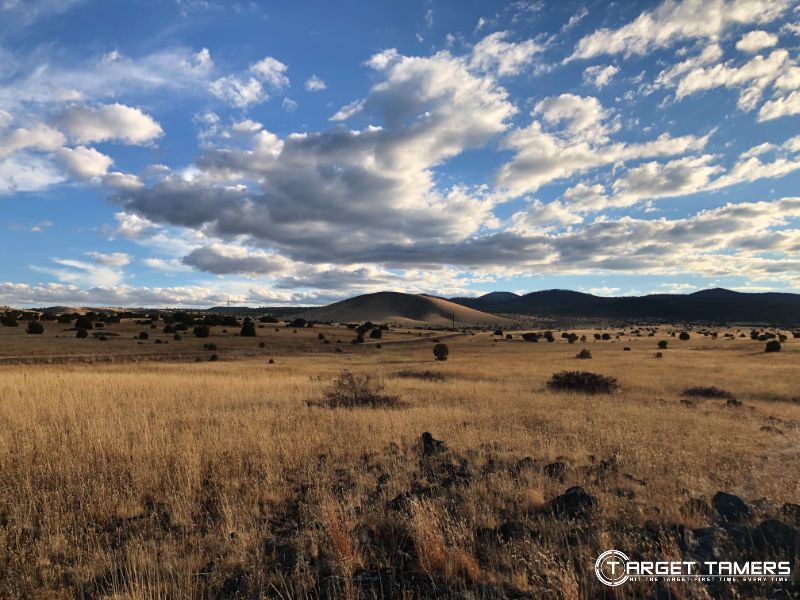
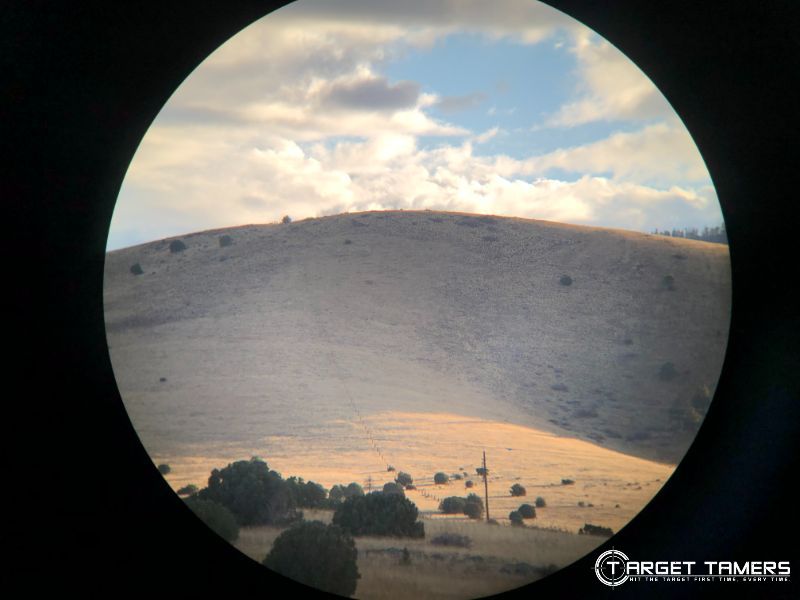
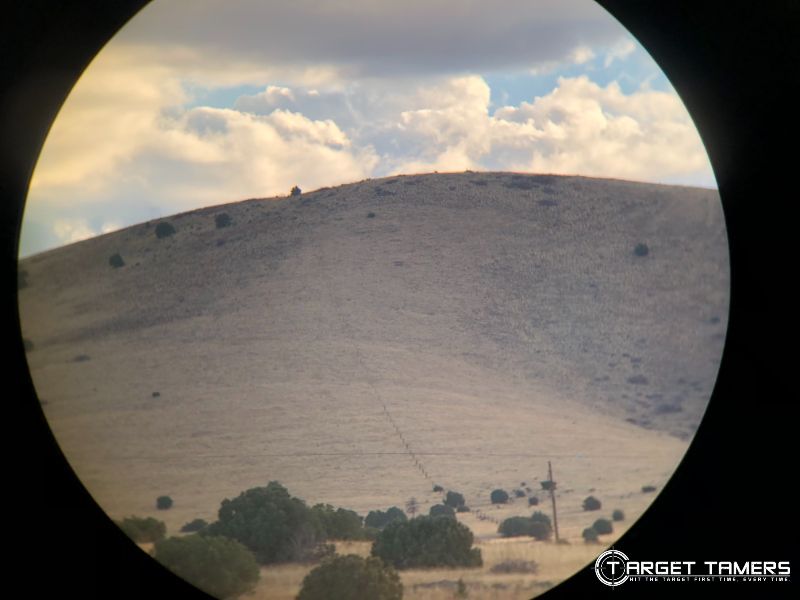
It's a general rule that 8X42 binos have a wider field of view than 10X42 binoculars. However, it's not always the case. Take the Celestron TrailSeeker 10X42 that has a field of view of 341 feet at 1,000 yards versus the Vanguard Spirit ED 8x42 with a field of view of 330 feet at 1,000 yards. It will take some in-depth research to find a 10X42 bino that can compete with an 8X42 binocular when it comes to field of view.
A wider field of view comes in handy when you need to locate and follow fast-moving targets like birds. However, a wide field of view isn't always necessary when you've already located your target and your prey is slower-moving or quite large.
Winner: Tie
Exit Pupil
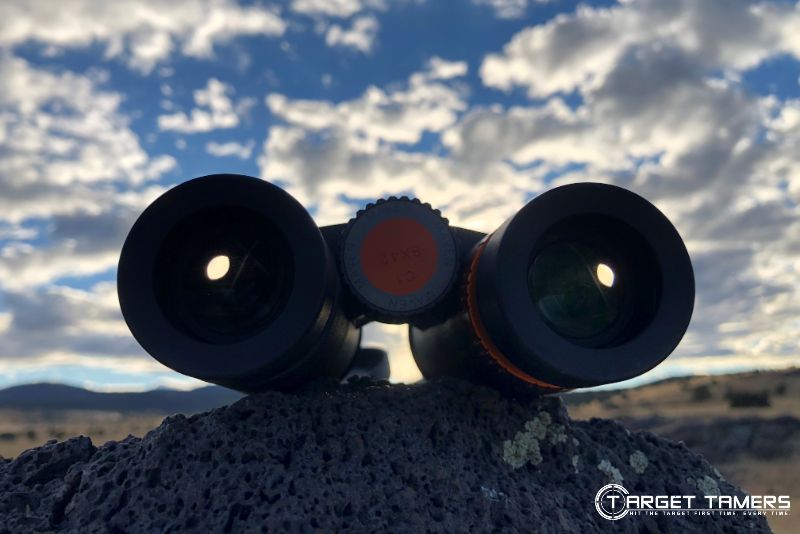
With the same aperture size, the 8X42 binoculars are going to provide a larger exit pupil of 5.25 mm versus the 4.2 mm exit pupil of a 10X42 binocular. What does this mean for your glassing experience? During daylight conditions, neither the 8X42 or the 10X42 will seem brighter than the other. However, during low light hours or glassing in darker areas like the woods, this may change.
Given everything else of a 10X42 and 8X42 binocular being the same, ex. glass quality and coatings, the 8X42 binos will provide a brighter image because of the larger exit pupil. To achieve the same quality out of a 10X binocular, you'll have to increase the aperture, but you'll also have to tote more weight and bulk.
Winner: 8x42
Twilight Factor

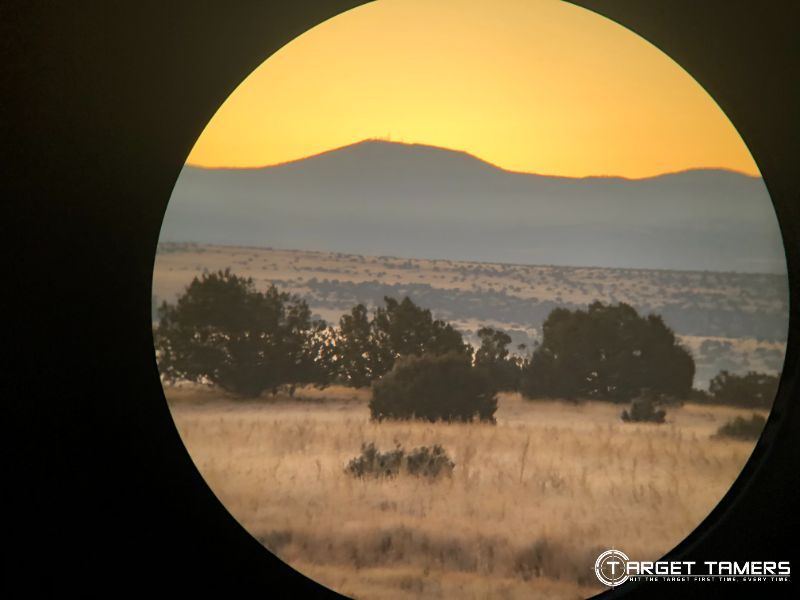
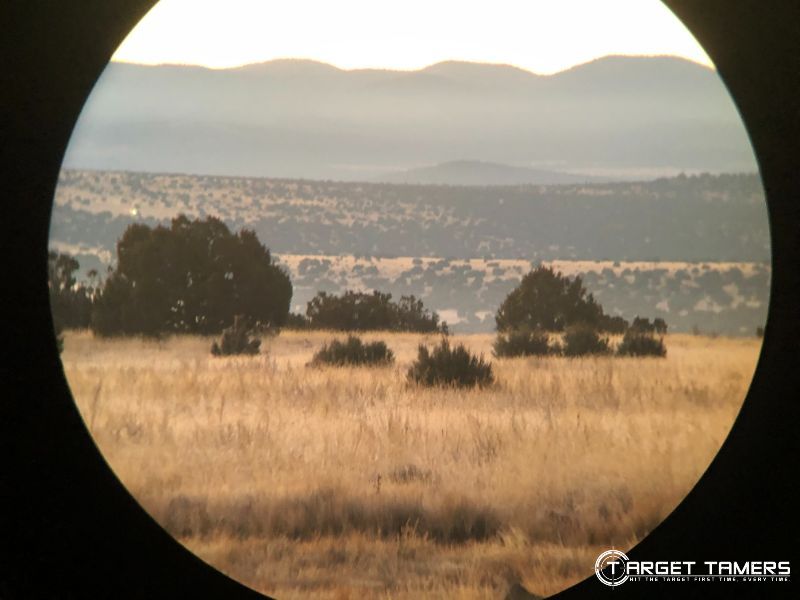
While the 8X42 binoculars have a larger exit pupil with the same light gathering capabilities of the 10X42 (thanks to the identical aperture), the twilight factor of the 10X42 is better. The twilight factor gives you an idea of image clarity that can be resolved when in low light conditions. Put basically, it's the quality of resolution can be seen when glassing in dim light.
You get this value by multiplying the power by the aperture and then calculating the square root. While this is good information to know, you should always remember to take into account the quality of the glass and quality of the coatings. But, given the twilight factor, the 10X42 binoculars offer the better performance in dim conditions in combination with the best glass and coatings.
Winner: 10x42
Image Stability
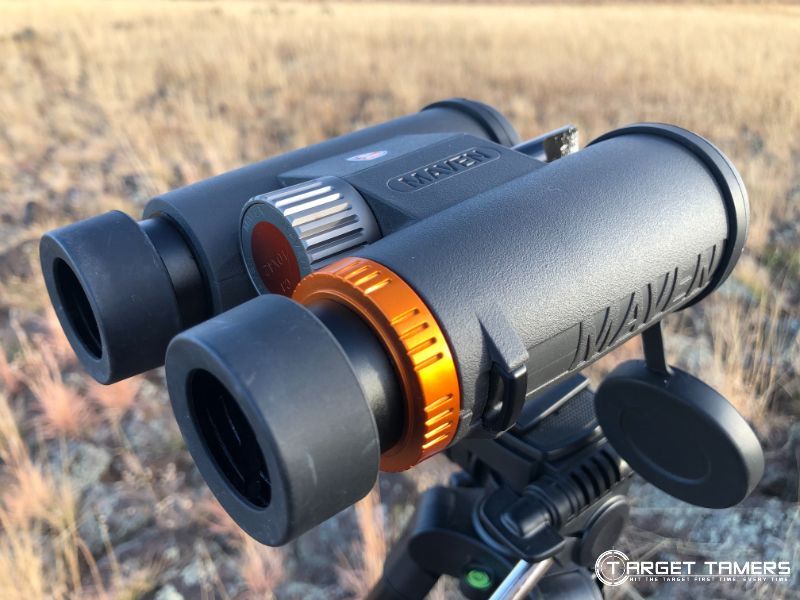
It's no secret that the higher powered you go, the more you compromise image quality. The slightest tremors and movements of the hands can destroy your glassing. However, when it comes to the debate between 8X42 and 10X42 binoculars, the truth is, image stabilization isn't really an issue. While the 10X binoculars can present more of an obvious issue, it's not too much different than using an 8X42.
Image stabilization will become more of a concern once you're going higher than 12X. If you're mostly birding from a stationary position, a tripod can help to stabilize an image if you've got a case of the shakes.
Winner: Tie
Which is Best For You?
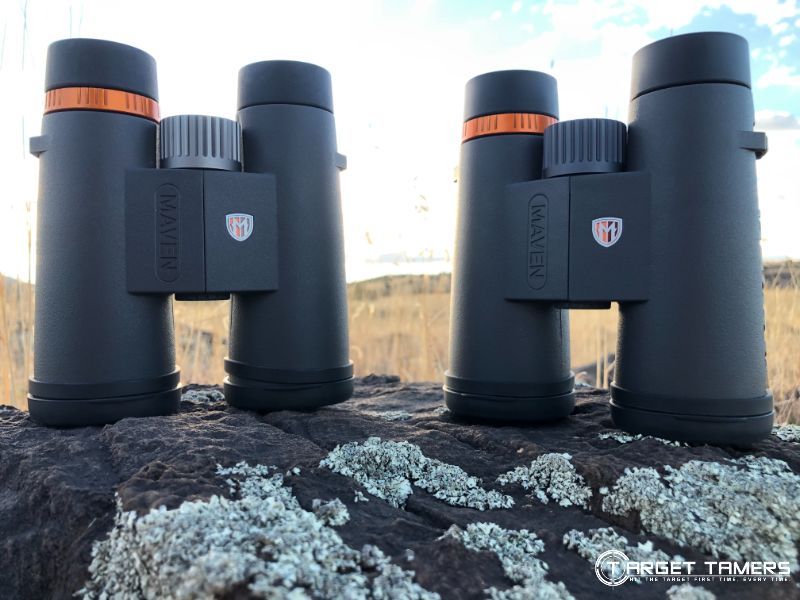
Both optics are excellent binoculars to have in your gear. However, if you can only afford to have one, ultimately, you'll have to be activity-specific to choose the best binocular for you. So, how do you choose?
An 8X42 binocular is for you if you're planning on scanning and following fast-moving and small targets. You'll need the low light performance and wider field of view where vast, open areas aren't too much of a concern.
A 10X42 binocular is for you if you need details for identification, need the extra reach, and you're glassing in open areas with longer distances under good light.
It's Not Just About Magnification!
If you think you know it all by now, we should further equip you with all the know-how in choosing the right binoculars for you. Don't forget to consider the quality of the glass, coatings, and build of the binocular.
No matter how tempted you are to go with either an 8X or a 10X binocular, it's about more than just magnification. Your binocular can only be as good as the components you invest in!
Further Reading





Awesome way things are explained.
Thank you so much
SUSANTA LAHIRI
Glad you found it useful! 🙂
Excellent explanation and solved my choice of purchase.
Glad it helped!
Thanks - You've clarified my purchase choice!
Glad you found it useful Sharon
Thanks for a great comparison, this article has really helped me decide what to buy!
Glad it helped!
Hmmm… just bought mine(10x), but now you’ve got me thinking I should have got the other one!
Uh Oh, I see a collection starting!
FInally some blog post with images for comparison 8x vs 10x. I have read couple of other websites, but all the content is just theoretical. Thank you for spending your time to take real pictures.
My wallet dislikes you, because you proved I need both 😉
Wish you all the best, Andrew
Regarding wallets that disapprove... you & I both lol. Thanks for the feedback Andrew, we're glad it helped.